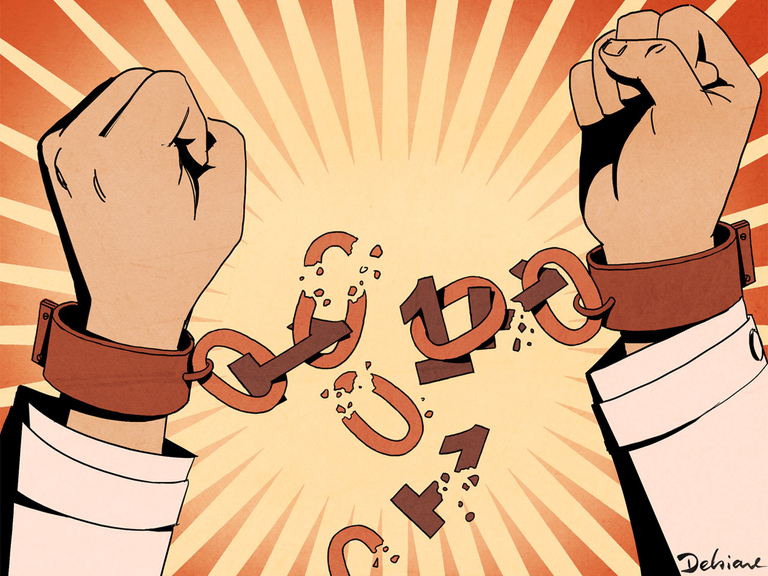
As individuals, each of us has a different construction of certain concepts. Many of these constructions come from primary school, when many of us began to form ourselves as citizens. In this context, the word sovereignty probably refers to specific issues such as the Malvinas Islands, the return of Obligado or the National Flag.
This conception comes from a dynamic history, which from the second half of the 19th century finds a period of formation of national states in the midst of imperialist expansion. On the other hand, in the same period, the foundations of the school as we know it are built, which forms the citizens that the country needs. That is why sovereignty, as the supreme political power of a state and which makes it independent and unique, is learned from that own, public and national school.
Times change, technologies and methodologies too. And that is why attacks on national sovereignty are not limited to a question of borders or national symbols.
The media, financial powers, advances in science and IT propose other ways to attack the sovereignty of nations. A country that cannot develop its policies because it is subject to the policies of another state, or that depends technologically on another/others, may also be deprived of exercising its legitimate right to train and produce with its own knowledge; these few examples - real and current - are just a sample of the attack that national sovereignty suffers today.
In strictly computational terms (by "computational" we understand not only the PC / notebook but everything that includes or is a computer: smart TV, tablet, smart watch, netbook, game console, etc.), those of us who have attended at least one computing class know that devices are made up of hardware and software. And we also know that it is the software that makes the device work in a certain way. It is the software, in short, that directs and orders the functionalities of a device. Therefore, if that software is not auditable, that is to say that we cannot study how it works, it will be doing things that we do not know for sure what they do. Let's look at some cases that surely will not seem strange to us:
When we talk to someone near our phone about a particular topic, for example summer t-shirts, surely in the following days there will appear ads on our social networks about t-shirt sales and summer sales on clothing. This, clearly, is not a coincidence. The phone is “listening” and cataloging everything we say to then send us ads relevant to our habits. Obviously, this process of “listening” to our conversations was not voluntary. We only had the cell phone on the table. Well, the software of that phone did what its manufacturer wanted it to do: spy on us.
Our computer, bought a couple of years ago, is no longer what it was. Programs take forever to open each application, it is constantly “thinking” and the “experts” tell us that even if we install it from scratch (which until now had made it fast again) it is already old and we have to buy another one. Today's software is not the same as two or three years ago and needs a machine with twice the RAM that we have… This is called planned obsolescence and it is perfectly calculated. Our applications will do exactly the same thing as what they have been doing but mysteriously they need many more resources than they need now, forcing our punished pockets to periodically buy new devices. It is unusual that a computer from three or four years ago is considered “obsolete” only because the software manufacturer makes its programs heavy and slow on purpose.
They send us a file with a non-standard extension (for example a pptx, xlsx or docx) and to open it we need a program that we either have to buy or download illegally from the Internet. There is no other way to view that file than by using a single program. It goes without saying that if we have such an application in the National State, we should always buy from the same supplier to keep all the previous files active because if we buy another software we would have the data in another format and it would not be compatible with the current one. In other words, they have us by the hair, we cannot look for an alternative.
Our computer, the one we use every day, is full of work we have been doing for a long time, it has our important photos and files stored, it also memorizes common websites, most used applications… it is up to date on everything. Suddenly “a virus hits us” and all that information is lost, just like that, deleted, gone, inexorable. Our computer is vulnerable and someone took advantage of those vulnerabilities. And whoever charged us, in one way or another, for that software… well, they don’t give us any solution in this regard.
Conclusion.
Free software and technological sovereignty are related to the extent that free software can contribute to a country's technological sovereignty. Technological sovereignty refers to a country's ability to develop technologies for civil society, and to create alternatives to commercial or military technologies. Free software can be a tool to achieve this sovereignty, since it is based on principles of freedom that are guaranteed to users.
Free software is software that respects the freedom of users, who can run, copy, distribute, study, modify and improve the software. Free software is characterized by requiring the publication of the source code of derivative works, which prevents third parties from appropriating the modified version.
Digital sovereignty refers to the ability of a State to protect and influence the use and management of data and information generated in its territory. Information sovereignty implies the right of peoples to have access to their data, to have control over its collection and free access to the appropriate tools for its management.
An example of free and sovereign software is Huayra GNU/Linux, the first free operating system developed by the National State of Argentina.
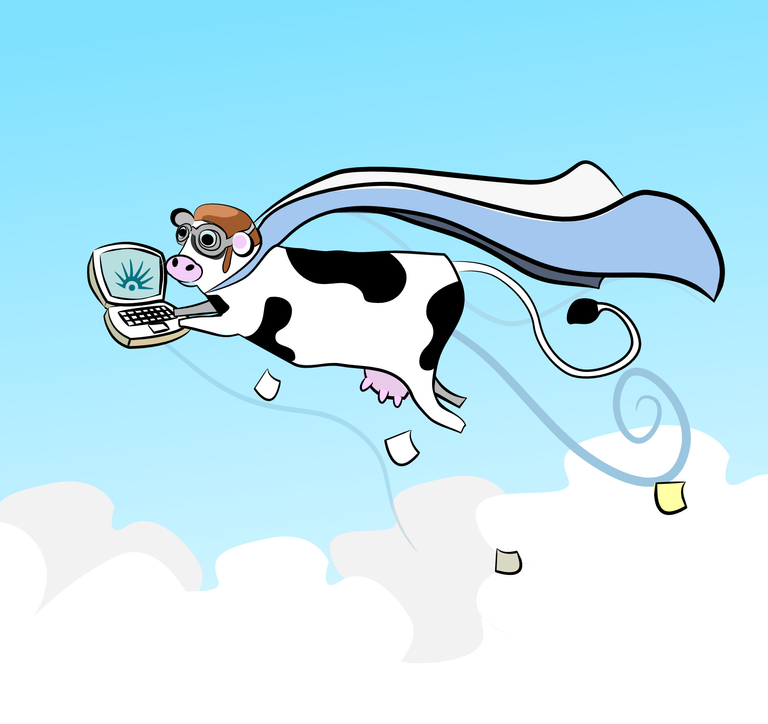
Como individuos que somos, tenemos cada uno de nosotros y nosotras, una construcción diferente sobre determinados conceptos. Muchas de esas construcciones vienen de tiempos de la escuela primaria, donde muchos y muchas de nosotros empezamos a formarnos como ciudadanos. En ese marco, la palabra soberanía probablemente remita a cuestiones puntuales como las Islas Malvinas, a la vuelta de Obligado o la Bandera Nacional.
Esta concepción proviene de una historia dinámica, que a partir de la segunda mitad del S XIX encuentra un período de formación de los estados nacionales en medio de una expansión imperialista. Por otro lado, en el mismo período, se construyen las bases de la escuela tal como la conocemos, la que forma los ciudadanos y ciudadanas que el país necesita. Es por eso que la soberanía, en tanto poder político supremo de un estado y que lo hace independiente y único, se aprende desde esa escuela propia, pública y nacional.
Los tiempos cambian, las tecnologías y metodologías también. Y es por ello que los ataques a la soberanía nacional no se limitan a una cuestión de fronteras o símbolos patrios.
Los medios de comunicación, los poderes financieros, los avances de la ciencia y las TI proponen otras maneras de atacar la soberanía de las naciones. Un país que no pueda desarrollar sus políticas por estar sojuzgado a las políticas de otro estado, o que dependa tecnológicamente de otro/s, también puede ser que se vea privado de ejercer su legítimo derecho a capacitarse y producir con conocimiento propio; estos pocos ejemplos -reales y actuales- son solo una muestra del ataque que sufren hoy las soberanías nacionales.
En lo estrictamente computacional (por “computacional” entendemos no solo a la PC / notebook sino a todo aquello que incluya o sea una computadora: smart TV, tablet, smart watch, netbook, consola de juegos, etc. ), quienes hayamos ido al menos a una clase de computación sabemos que los dispositivos se componen de hardware y software. Y también sabemos que es el software el que hace que aquel funcione de una manera determinada. Es el software, en definitiva, el que dirige y ordena las funcionalidades de un dispositivo. Por lo tanto si ese software no es auditable, es decir que no podemos estudiar cómo funciona, estará haciendo cosas que no sabemos a ciencia cierta qué es lo que hacen. Veamos algunos casos que seguramente no nos resultarán extraños:
- Cuando conversamos con alguien cerca de nuestro teléfono sobre algún tema particular, por ejemplo las remeras de verano, seguramente aparecerán en los días sucesivos avisos en nuestras redes sociales sobre venta de remeras y las ofertas de verano en indumentaria. Esto, claramente, no es casualidad. El teléfono está “escuchando” y catalogando todo lo que decimos para luego enviarnos avisos relevantes para nuestras costumbres. Evidentemente ese proceso de “escucha” de nuestras conversaciones no fue voluntario. Nosotros solo teníamos el celular arriba de la mesa. Bien, el software de ese móvil hizo lo que su fabricante quiso que hiciera: espiarnos.
- Nuestra computadora, comprada hace un par de años, ya no es lo que era. Los programas tardan una eternidad en abrir cada aplicación, se queda “pensando” continuamente y los “expertos” nos dicen que por más que la instalemos de cero (cosa que hasta ahora había hecho que estuviera rápida nuevamente) ya está vieja y tenemos que comprar otra. Los softwares de ahora no son los de hace dos o tres años y necesitan de una máquina que tenga el doble de RAM que la que tenemos… Esto se llama obsolescencia programada y está perfectamente calculado. Nuestras aplicaciones harán exactamente lo mismo que lo que vienen haciendo pero misteriosamente necesitan muchos más recursos que los que necesitan ahora, obligando a nuestros castigados bolsillos a comprar periódicamente nuevos dispositivos. Es insólito que una computadora de tres o cuatro años atrás se considere “obsoleta” solamente porque el fabricante de software hace sus programas pesados y lentos ex profeso.
- Nos mandan un archivo con una extensión no normalizada (por ejemplo un pptx, xlsx o docx) y para abrirlo necesitamos de un programa que, o bien lo tenemos que comprar o bajarlo ilegalmente de internet. No hay otra manera de ver ese archivo sino recurriendo a un único programa. Va de suyo que si tenemos una aplicación así en el Estado Nacional, deberíamos comprar siempre al mismo proveedor para mantener activos todos los archivos anteriores ya que si compramos otro software tendríamos los datos en otro formato y no sería compatible con lo actual. Es decir, nos tienen agarrados de los pelos, no podemos buscar una alternativa.
Nuestra computadora, la que usamos todos los días, está llena de trabajos que venimos haciendo desde hace tiempo, tiene guardadas nuestras fotos y archivos importantes, también memoriza sitios webs usuales, aplicaciones más utilizadas… está al día en todo. De repente “nos entra un virus” y toda esa información se pierde, sin más, borrada, ida, inexorable. Nuestra computadora es vulnerable y alguien se aprovechó de esas vulnerabilidades. Y quien nos cobró, de alguna u otra manera, ese software… pues no nos da ninguna solución al respecto.
Conclusión
El software libre y la soberanía tecnológica están relacionados en la medida que el software libre puede contribuir a la soberanía tecnológica de un país. La soberanía tecnológica se refiere a la capacidad de un país de desarrollar tecnologías para la sociedad civil, y de crear alternativas a las tecnologías comerciales o militares. El software libre puede ser una herramienta para lograr esta soberanía, ya que se basa en principios de libertad que se garantizan a los usuarios.
El software libre es aquel que respeta la libertad de los usuarios, quienes pueden ejecutar, copiar, distribuir, estudiar, modificar y mejorar el software. El software libre se caracteriza por obligar a publicar el código fuente de los trabajos derivados, lo que impide que terceros se apropien de la versión modificada.
La soberanía digital se refiere a la capacidad de un Estado de proteger e incidir en el uso y gestión de los datos e información que se generan en su territorio. La soberanía informática implica el derecho de los pueblos a tener acceso a sus datos, tener control sobre su acopio y libre acceso a las herramientas adecuadas para su gestión.
Un ejemplo de software libre y soberano es Huayra GNU/Linux, el primer sistema operativo libre desarrollado por el Estado Nacional de Argentina.
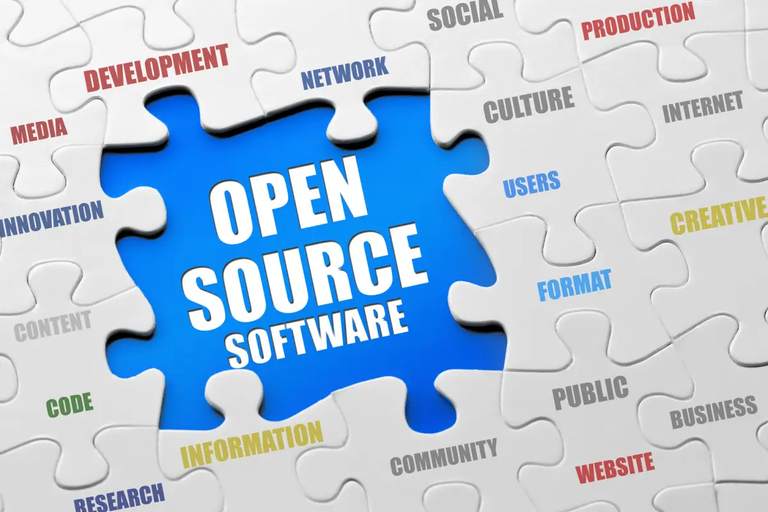
Source images / Fuente de las imágenes: Huayra.
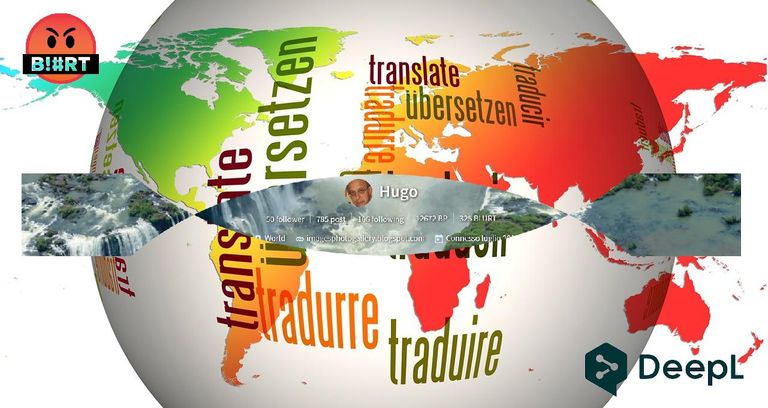

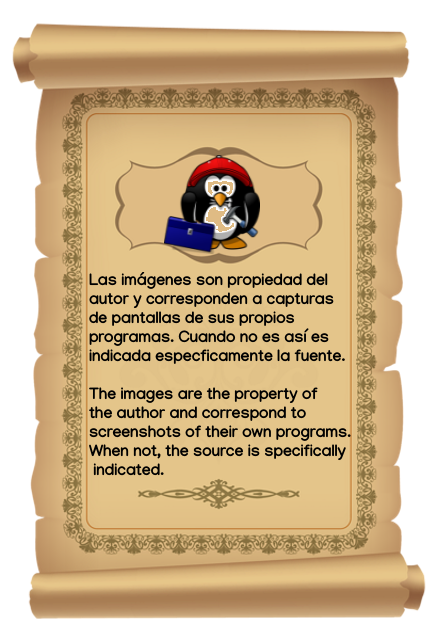
| Blogs, Sitios Web y Redes Sociales / Blogs, Webs & Social Networks | Plataformas de Contenidos/ Contents Platforms |
|---|---|
| Mi Blog / My Blog | Los Apuntes de Tux |
| Mi Blog / My Blog | El Mundo de Ubuntu |
| Mi Blog / My Blog | Nel Regno di Linux |
| Mi Blog / My Blog | Linuxlandit & The Conqueror Worm |
| Mi Blog / My Blog | Pianeta Ubuntu |
| Mi Blog / My Blog | Re Ubuntu |
| Mi Blog / My Blog | Nel Regno di Ubuntu |
| Red Social Twitter / Twitter Social Network | @hugorep |

| Blurt Official | Blurt.one | BeBlurt | Blurt Buzz |
|---|---|---|---|
 |  |  |  |

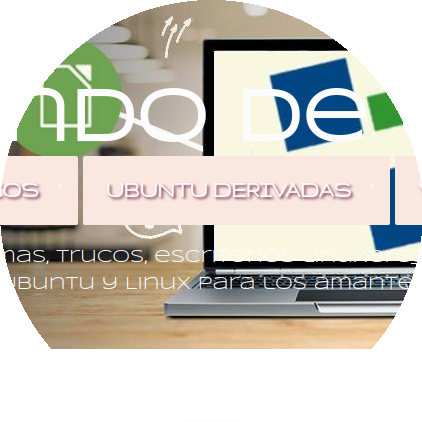 | 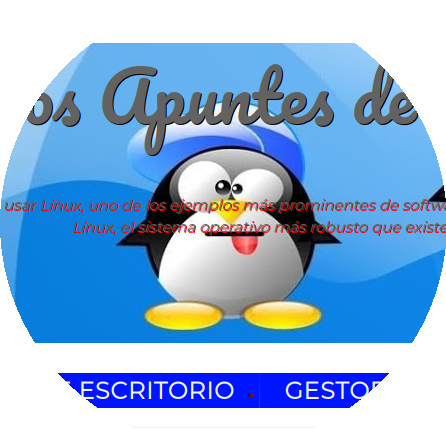 | 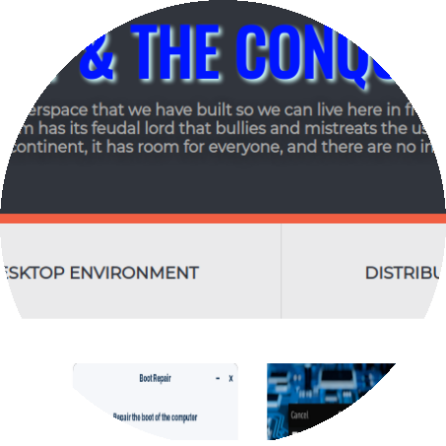 | 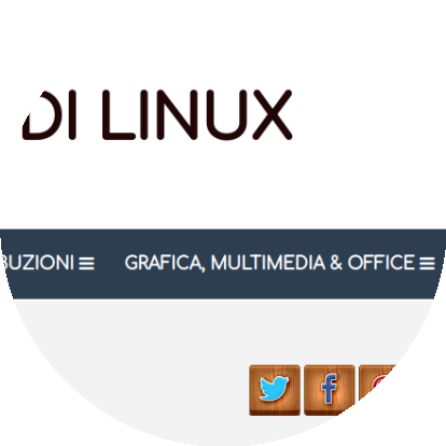 |
|---|
